Bile Duct Cancer, or Cholangiocarcinoma, is a rare type of cancer. Clinical trial researchers continue to learn more about bile duct cancer, as it has become more common in recent years.
Bile Duct Cancer is caused by the abnormal growth of cells in the bile duct. It currently constitutes 3% of gastrointestinal cancers. [1] Usually diagnosed in later stages because it does not show any obvious symptoms in the early stages, the 5-year survival rate is 10% and 2% in cases of metastasis.
What is Bile Duct Cancer?
Bile ducts are a series of thin tubes (ducts) that transfer bile fluid from the liver to the small intestine to digest the fats in food. Cancer cells can spread in any part of the bile duct system. Therefore, bile duct cancer is divided into 3 classes according to the region where it occurs;
- Intrahepatic region: In the right and left hepatic ducts and smaller branches in the liver
- Perihilar region: Outside the liver, where the right and left hepatic ducts meet
- Distal area: In the duct area, stretching between the pancreas and small intestine
Risk Factors Cholangiocarcinoma
Bile duct cancer is a metastatic type of cancer and has a high tendency to spread. It is believed that there are certain risk factors that cause bile duct cancer. Many of these factors are linked to duct diseases. Studies in this area are still ongoing, but the duct inflammation believed to cause cholangiocarcinoma include:
- Hepatitis C virus
- HIV infection
- Cirrhosis
- Diabetes
- Parasite infections
- Inflammatory bowel disease
Symptoms of Bile Duct Cancer
Bile duct cancer may not show any symptoms until the late stages of cancer. Its symptoms include:
- Dark Urine: Bile contains a green and yellow chemical called bilirubin. Increasing the level of bilirubin in the blood can cause it to mix with the urine and darken its color. When the tumor blocks the ducts, the bilirubin mix into the bloodstream, causing the white areas to turn yellow.
- Jaundice: Yellowing of the skin and eyes. This symptom is also due to an increased level of bilirubin in the blood.
- Itchy Skin
- Weight Loss
- Fever
- Nausea
Stages of Bile Duct Cancer
Duct cancer staging varies by type.
Intrahepatic Bile Duct Cancer Stages
Stage I: The tumor is still in the bile ducts.
Stage II: There may be one or more tumors in this stage. It may have spread into the blood vessels.
Stage IIIa: The tumor has spread out of the liver and affects nearby organs. It can affect organs such as the stomach lining, intestine, diaphragm, and abdominal wall.
Stage IIIb: Tumor has spread out of the liver to nearby lymph nodes, but not distant sites.
Stage IV: It is the advanced stage of cancer. It can spread to the lungs, bones, lymph nodes, tissues and all organs in the abdomen.
Perihilar Bile Duct Cancer Stages
- Stage I: The tumor arises in the lower tissues of the duct and spreads to nearby tissues.
- Stage II: The cancer spreads to the duct membrane, nearby adipose tissue or liver tissue.
- Stage IIIa: The cancer may have spread to one side of the hepatic artery or portal vein.
- Stage IIIb: The cancer has spread to one or more of the common hepatic arteries, portal vein, hepatic duct.
- Stage IIIc: Up to 3 nearby lymph nodes are affected by the tumor.
- Stage IVa: The cancer may have spread to 4 or more lymph nodes.
- Stage IVb: The cancer spreads to many parts of the body such as liver, bones, brain, skin, lymph nodes.
Distal Bile Duct Cancer Stages
- Stage I: Cancer is smaller than 5mm and grows towards the duct membrane.
- Stage IIa: Cancer has grown between 5mm to 12mm in the duct wall.
- Stage IIb: Cancer has spread more than 12mm but has not spread to lymph nodes. Or the cancer has grown 5mm or more and spread to up to 3 nearby lymph nodes.
- Stage IIIa: The cancer has spread to the duct membrane and 4 or more lymph nodes.
- Stage IIIb: Cancer has spread to large blood vessels and bloodstream.
- Stage IV: The cancer has metastasized to most organs in the liver, lungs, and abdomen.
Bile Duct Cancer Treatments
Surgery
- Removal of the Bile Duct: It is applied in cases where the tumor is still small and only in the bile ducts. By examining the lymph nodes, it is determined whether it has spread.
- Partial Hepatectomy: The area where the tumor is located in the liver is surgically removed.
- Whipple Procedure: It is a surgical procedure in which a part of the pancreas, stomach, gall bladder, intestine and even duct is removed.
After these procedures, chemotherapy and radiation therapy can be applied to support the treatment of the disease.
Chemotherapy
Chemotherapy is the treatment using drugs that kill cancer cells. It prevents cells from growing and dividing. This method of treatment, which can be taken orally or intravenously, can be used for unresectable, metastatic or recurrent duct cancer.
Targeted therapy and Immunotherapy
Targeted therapy and Immunotherapy are treatment modalities using drugs that either target a protein (biomarker) present in cancer cells (such as FGFR), or that induce the patient’s own immune system to attack cancer cells on its own. This method of treatment, which can be taken orally or intravenously, can be used for unresectable, metastatic or recurrent duct cancer.
Radiation Therapy
Radiation therapy is a treatment used to inhibit the growth of cancer cells and kill malignant cells. It is applied from outside the body with a focused radiation source directed to the mass, or inside the body with radiation embedded beads.
Bile Duct Cancer Clinical Trials
Bile duct cancer is an aggressive type of cancer with a high mortality rate. Being diagnosed late makes the possibility of treatment even more difficult. For some patients, clinical trials may offer a solution. Clinical research aims to seek new treatment for cancer patients, improve existing treatments and reduce side effects. Since bile duct cancer is a less common type of cancer, it is more difficult to conduct clinical studies. As part of clinical trials, you may be the first patient treated with a new treatment method. Clinical trials provide an alternative treatment for patients who are not successful in surgery, chemo, or radiation.
By participating in clinical trials to better understand bile duct cancer and improve current treatments, you can offer future generations of patients a better chance of treatment. Massive Bio helps you find personalized options that best suits you and your disease condition among thousands of clinical trials, using artificial intelligence and expert patient support. You can contact us for more information.
[1] Khan SA, Thomas HC, Davidson BR and Taylor-Robinson SD. Cholangiocarcinoma. The Lancet. 366:1303-1314.



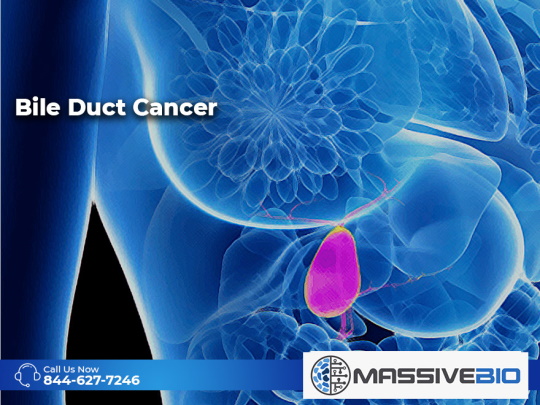
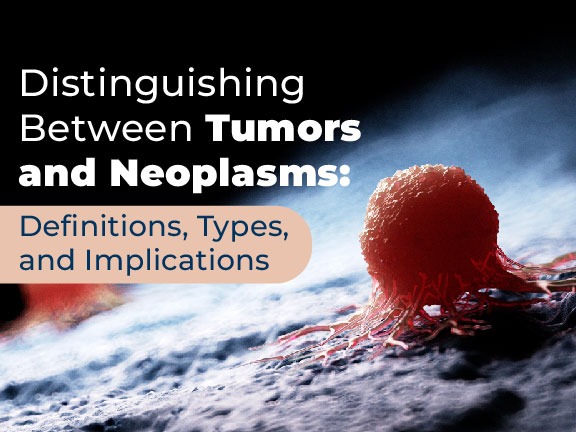
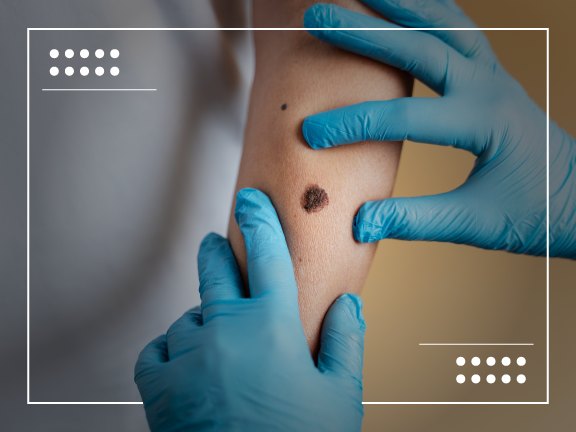
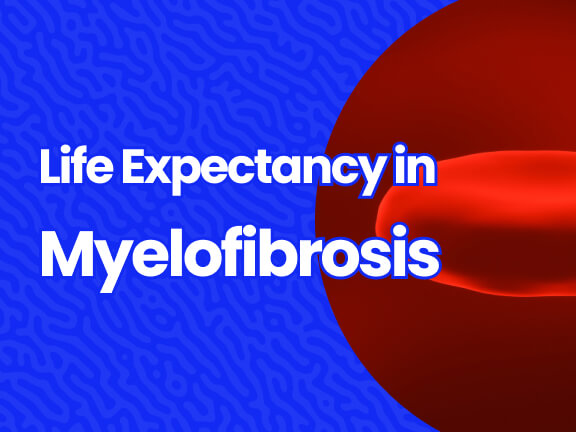
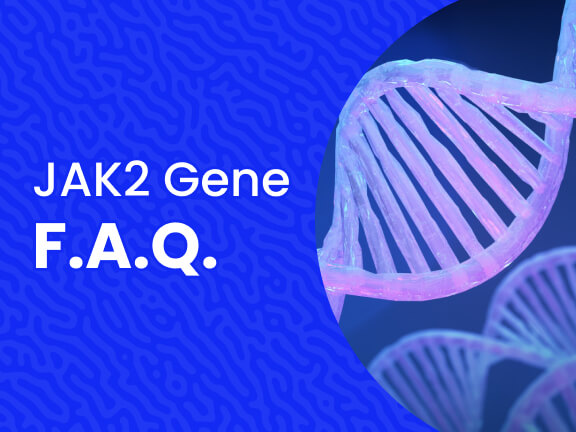





2 Comments
my brother has bile duct stage 4. MD Anderson did not accept him as a patient. How can i get more information on the clinical trails for cancer the has metastasized? if you can please send me the link so than i can do more research i would greatly appreciate it.
Thanks, Harlane Lockett
harlanelockett@gmail.com
Hi Harlane, sorry to hear about your brother, we can help with our no cost clinical trial matching service, this service uses AI-technology to sort through all the available clinical trials to find the ones that the patient is eligible for. Please reach out to our patient relations coordinators by telephone or email, phone: 844-627-7246, email: support@massivebio.com